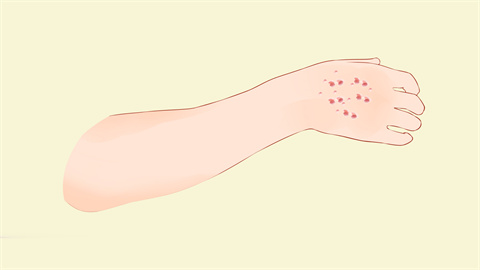What are the transmission routes of HPV infection?
Generally speaking, HPV virus refers to human papillomavirus. Transmission routes of human papillomavirus infection include sexual contact transmission, indirect contact transmission, iatrogenic infection, mother-to-child transmission, and close skin contact. A detailed analysis is as follows:

1. Sexual Contact Transmission
This is the main route of human papillomavirus infection. The virus can be transmitted through direct genital contact, especially when there are mucosal or skin lesions in sexual partners, making it easier for the virus to invade.
2. Indirect Contact Transmission
Human papillomavirus can survive for a period of time after leaving the human body. Therefore, it can be transmitted through contact with virus-contaminated objects, such as towels, bathrobes, underwear, and toilet seats. Although the infection rate via this route is relatively low, vigilance is still required.
3. Iatrogenic Infection
During medical procedures, such as gynecological examinations, childbirth, and surgeries, if medical instruments or tools that have not been strictly disinfected are used, this may also lead to the transmission of human papillomavirus. Improper protection by medical staff during treatment and care may also lead to self-infection or transmission from medical staff to patients.
4. Mother-to-Child Transmission
If a pregnant woman is infected with human papillomavirus, during childbirth the virus may be transmitted to the newborn through the birth canal, causing infection of the infant's oral cavity, nasal mucosa, or genital tract.
5. Close Skin Contact
Direct close skin contact is also a route of human papillomavirus transmission. For example, during intimate behaviors such as kissing and hugging, if one partner carries the human papillomavirus, the other may become infected through minor skin or mucosal injuries.
In daily life, it is important to maintain cleanliness and dryness of the genital area, regularly change underwear, avoid sharing personal items such as towels and bathrobes with others, and avoid unclean sexual practices. Practicing good sexual hygiene and using condoms can reduce the risk of infection to some extent.








